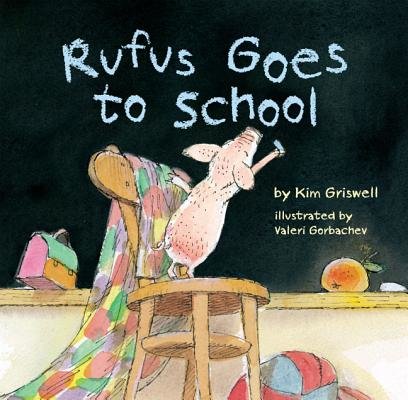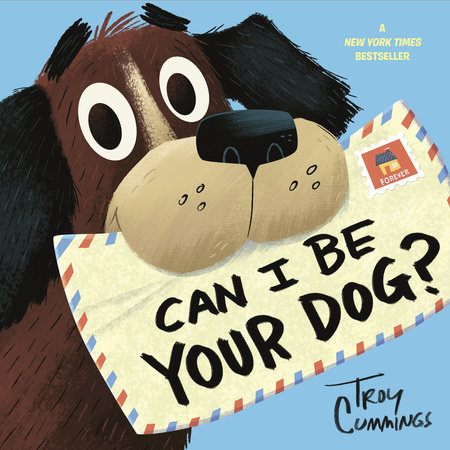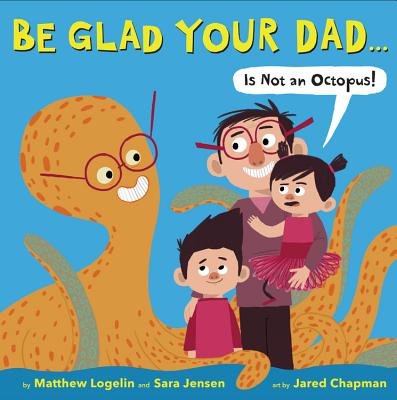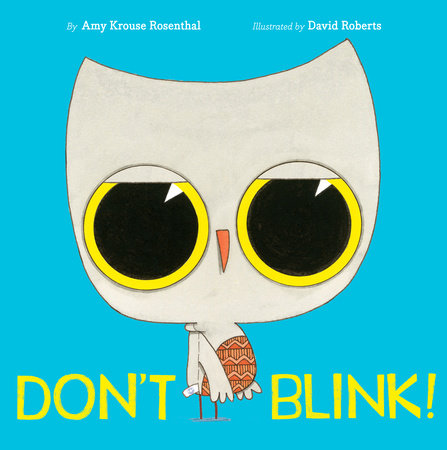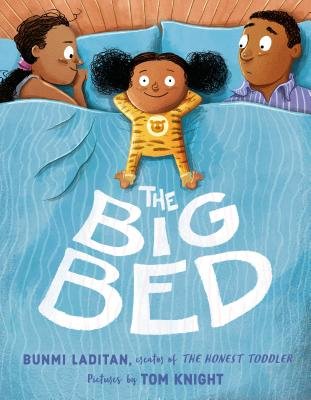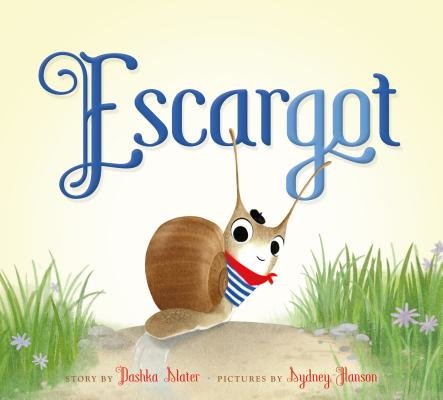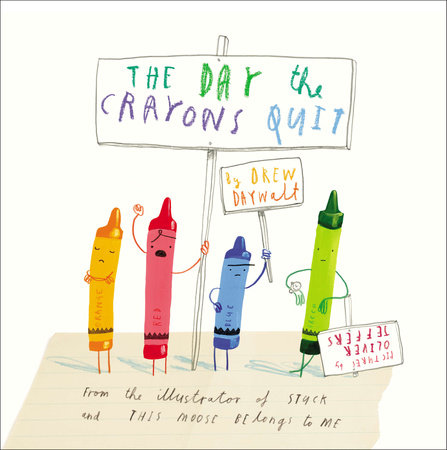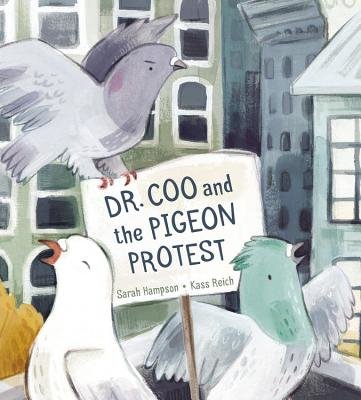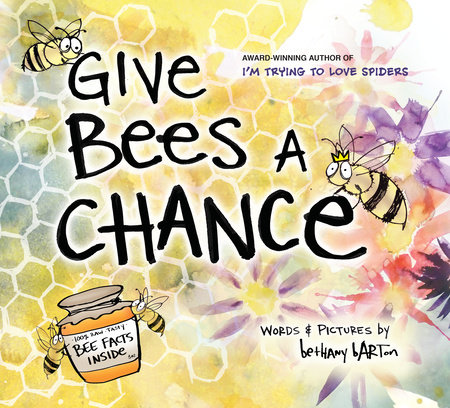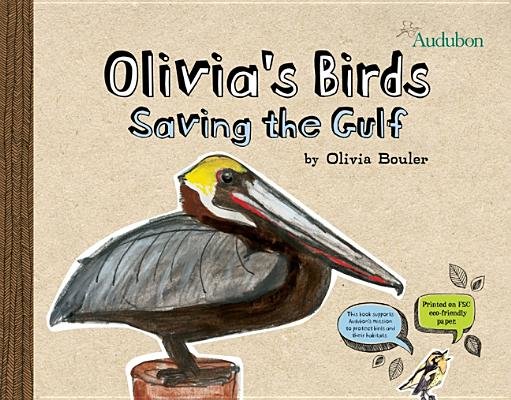Picture Book Mentor Texts for Persuasive Writing
by Lindsay Barrett
Excellent mentor texts are a huge asset for teaching any type of writing, but they are especially useful for less familiar genres. Persuasive writing is an increasingly common requirement for the primary grades, but most students don’t have as much experience with it as narrative writing or traditional nonfiction. If your class is stuck on the same topics or formats — how many letters have you read angling for a later bedtime or a family pet? — or if they could use a wider repertoire of stylistic moves to be more convincing, check out these useful titles:
-
Don’t Feed the Bear
What is more persuasive than a perfectly worded sign? When the park ranger posts a “Don’t Feed The Bear” sign, Bear fights back with his own sign, inciting a hilarious “war with words.” If your persuasive writing unit includes work on crafting signs to help solve problems or communicate opinions, this fun title can give students “s’more” examples.
(Grades K – 1) -
Rufus Goes to School
Rufus wants nothing more than to be allowed to go to school, but the principal is sure he will track mud in the halls and start food fights. He’s a determined little piglet, though, and he floods the principal with arguments about how prepared he is and how well behaved he’ll be. Use this story to show how giving multiple reasons strengthens an argument and ups one’s chances of landing on the winning one.
(Grades K – 2) -
Can I Be Your Dog?
Available from:The persuasive letter is perhaps the most classic form of opinion writing. In this title, Arfy the dog has one mission: to convince someone to adopt him. He works his way down Butternut Street delivering written requests tailored to each occupant. He offers to keep the floor of the butcher shop clean, compliments the firehouse on its shiny hydrant, and says he will protect the junkyard from scavengers. Use this title to introduce the basic format and tone of a persuasive letter and show students how to personalize a letter to fit its recipient.
(Grades K – 2)Also available from: -
Be Glad Your Dad Is Not an Octopus
This text makes a strong case for why you should appreciate your dad, flaws and all, by naming plenty of less desirable alternatives. If your dad were a bee, his buzzing would get really annoying, and if he were a dung beetle, well, he would pile poop in your room, which would be disgusting. Use this fun text to show students how to write fact-based supporting arguments in creative ways and to demonstrate the power of staying focused on your intended purpose.
(Grades K – 3) -
Don’t Blink!
Available from:A lovable, wide-eyed owl tries to convince readers that the trick to prolonging storytime (thereby avoiding bedtime) is simply not to blink. Of course, the narrator’s eyelids begin to droop more and more as the book progresses. Use this title when students are ready to try out some different craft moves. Possible mini-lessons include: using varied sentence lengths (especially short, impactful ones), using bold text and word art for emphasis, and using a range of punctuation to engage readers and strengthen one’s message.
(Grades K – 3)Also available from: -
The Big Bed
In this hilarious plea to her father, a toddler outlines myriad reasons why she should be allowed to sleep in the big bed with her mom and why her dad should move to a cot (or a “big-boy bassinet,” as she tries to sell it). Despite the absurdity of her arguments, she’s exceedingly courteous, making this title a great one for studying how being polite can improve one’s persuasive efforts. She also couples her verbal arguments with engaging charts and diagrams. Once you and your class all stop laughing, use these examples to show students how to bolster their own writing with visual supports.
(Grades K – 3) -
Escargot
Escargot is a “beautiful” — and not very humble — French snail that is desperate to be someone’s favorite animal. She unabashedly appeals to readers’ emotions, and with her frequent exclamations of “Au contraire!” speaks directly to their presumed concerns. (You might think a snail’s trails are slimy, but she’d prefer to call them, “shimmery trails of … shimmery stuff.”) Use this story to show students how writers can anticipate and debunk a reader’s counterarguments.
(Grades K – 3) -
The Day the Crayons Quit
Available from:The best persuasive writers effectively convey their passion for a topic. There are few narrators in kid lit more convincing than overworked Red Crayon, who needs a break from his myriad holiday coloring tasks, bored Black Crayon, who wants to diversify his responsibilities beyond outlining, or modest Peach Crayon, with his strong stance against peeling paper wrapping off crayons. When your students’ persuasive writing needs an injection of strong emotion, let the crayons in Duncan’s crayon box be their muses. (Check out this educator’s guide for more ways to use this title in the classroom.)
(Grades K – 4)Also available from: -
Dr. Coo and the Pigeon Protest
One goal of persuasive writers is to improve readers’ opinions of a group or concept. In this example, Dr. Coo makes it his personal mission to change humans’ attitudes towards him and his fellow pigeons. The story helps build general background knowledge about strategies for furthering a collective cause, but the real mentor text potential is in Dr. Coo’s letter to the mayor. In it he outlines a proposed agreement between humans and pigeons, a perfect introduction when asking students to suggest their own win-win solutions.
(Grades 1 – 4) -
Give Bees a Chance
Available from:Addressing a common phobia, this text outlines why bees are worthy of our appreciation instead of anxiety. It’s packed with facts, showing students how to translate research findings into persuasive arguments in an engaging way. The text is written as a conversation between an expert and a skeptic, so it’s a natural fit for showing students how to write as if they are speaking to readers. The comic book-style charts and diagrams also give students ideas for alternative formats for presenting information.
(Grades 1 – 4)Also available from: -
Olivia’s Birds: Saving the Gulf
Of course, the primary purpose of teaching students about opinion writing isn’t just to help them get what they want, but to highlight writing as a vehicle for activism. Eleven-year-old Olivia Bouler is an inspiring example with this book she created to raise money for the Audubon Society. This title is another great choice for showing students how to employ an engaging and personal tone, present fact-based arguments, and use visuals to support their agendas.
(Grades 1 – 4)
Did we persuade you to expand your mentor text collection? Which other titles do you find helpful when teaching persuasive writing? Share your advice in the comments section below.
For more lesson plans, book recommendations, and reading tips for your classroom or library, check out our Teach Brightly page!


